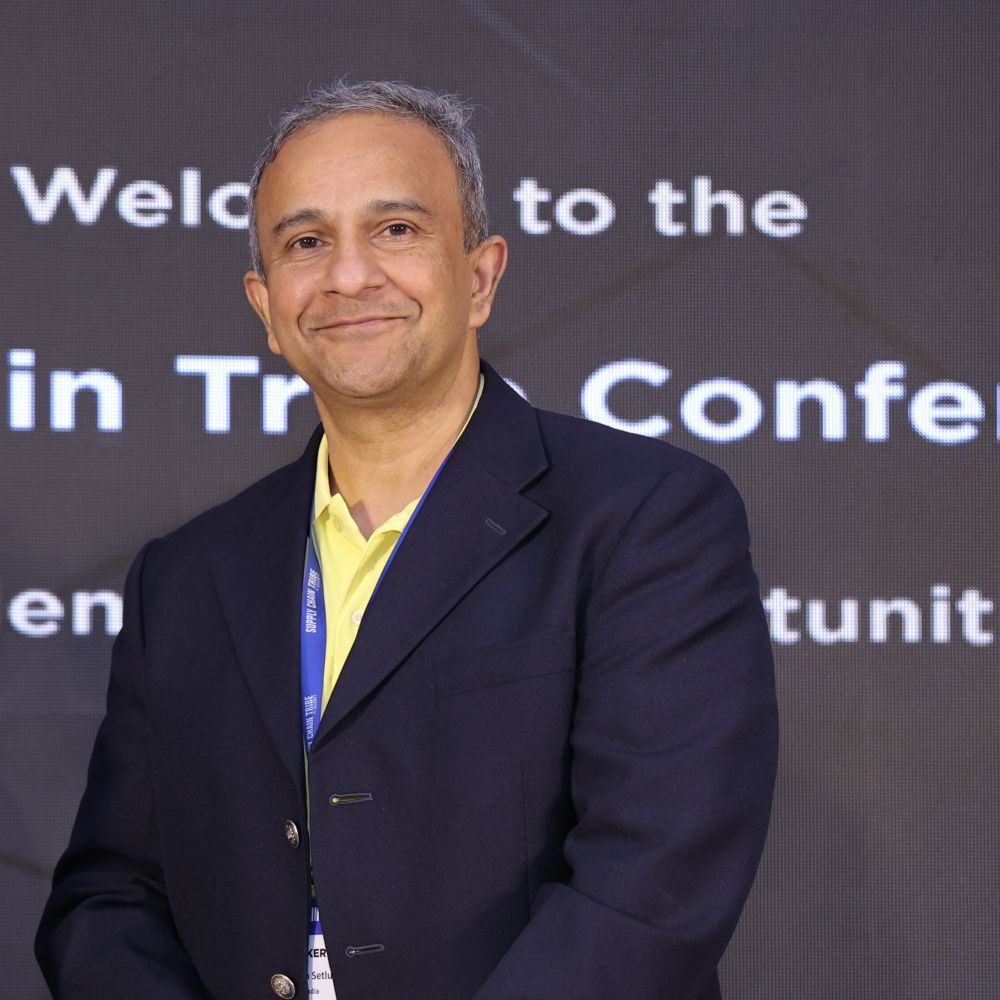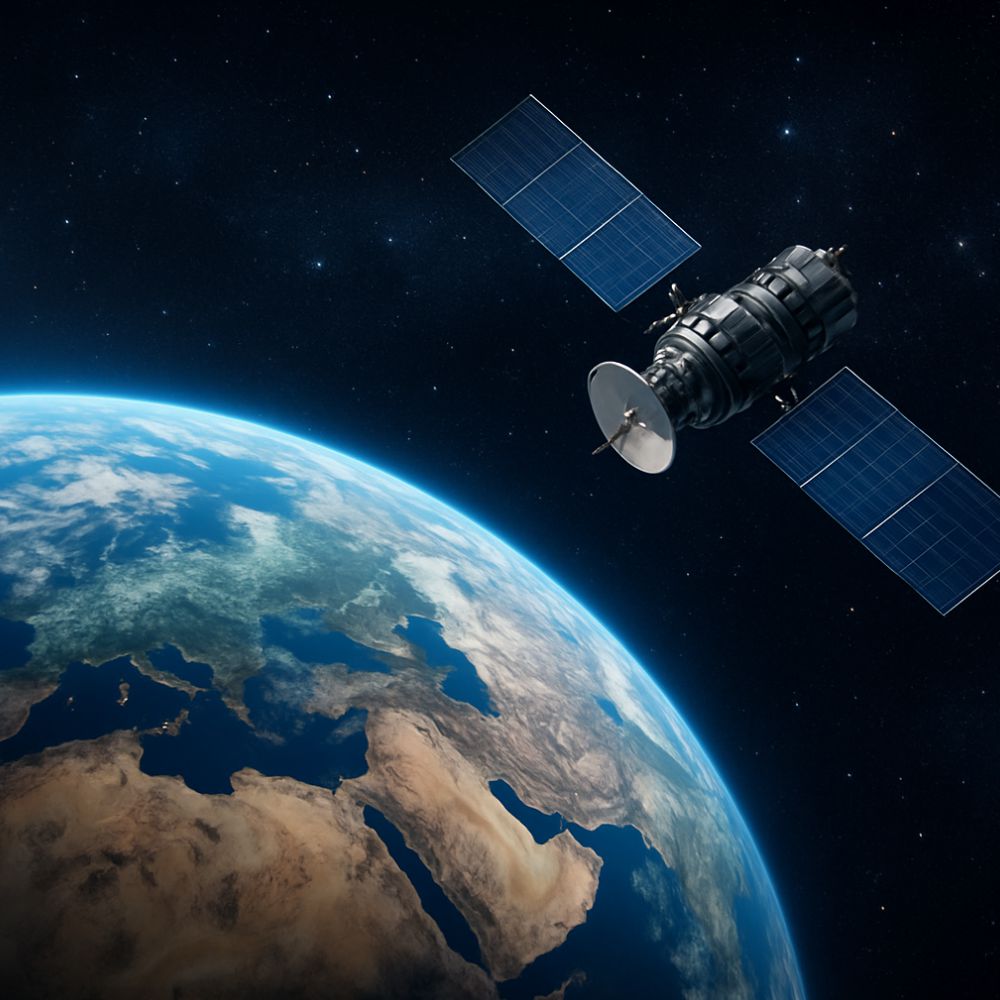“There is a view that if you can solve for India, you solve for the world. India is a very complex ecosystem, we have multiple different regions with varying levels of complexity, demography, languages, infrastructure, maturity, etc. So may innovations come out of India that can make things work. Of course, as a technology hub if we can mate technology solutions to real supply chain problems, we will have more products come out of here,” highlights Dinesh PA, Global Head – Engineering & Product, Director Supply Chain Technology, Kimberly-Clark…
How was the year 2020 for Kimberley-Clark in terms of managing supply chain?
Kimberly Clark had a great year financially, we had one of our best years due to increased demand for our products during the pandemic. Due to this increased demand, we faced severe stress on our supply chain. These included increased demand from customers which made product allocation challenging (Sometimes 10x the normal demand), reconfiguring out network to have more dynamic network, several regional regulatory lockdowns, which made manufacturing difficult due to labor shortage and product mix changes that had to be changed real-time.
What were the immediate challenges & opportunities that you needed to address on a war footing?
We saw our systems which allocate products to orders under severe stress, quick tech fixes to handle extra orders along with diverting our talent to fix hotspots. The Tech team also worked with the business to have new routes configured so that our products could be delivered directly to customer stores instead of customer DCs as our customers themselves were facing supply chain bottlenecks. This made us realize the importance of having real time visibility of demand and supply so that we are able to react well in future.
How did the technology transformation happen?
Kimberly Clark has been investing in technology transformation over the past 4 years. These have been in the areas of Cloud, Analytics, External APIs and global systems that are standardized across the globe. So, in a sense, we were ahead of the curve and the supply chain stress we noticed during 2020 was handled better because we had, for a large part, the proper systems in place to absorb the shocks.
Can you share your supply chain digital transformation journey?
Since Kimberly Clark is a global company which operates in more than 175+ countries, we felt a pressing need to have standard platforms and systems in place across the regions and countries. There are many benefits to this. First, it’s easy to roll out features across multiple regions, infrastructure costs are lower and more importantly it made our ability to support and respond to customer needs easier. The later part of the digital transformation journey is how to utilize the power of Cloud, AI/ ML, data platforms, customer centric UX and having more end-to-end connected systems, which are aware of upstream and downstream processes that can become more autonomous.
Was India better placed to manage external shocks?
We have a hybrid model of a central supply chain business team that drives regional teams. This model is adapted in the supply chain technology teams too. The central team is able to sense what needs to be augmented from a longterm perspective and implement it in specific regions while the other regions / countries adopt the winning template. Talking specifically about India, we are in a high growth phase here and the systems that are present in more mature markets are being rolled out into India as well. We did not see rapid demand increase in India like our other mature markets but the India market has been growing in double digits, so in that sense, the India market was prepared to handle extra stress in the network.
How did you manage the supplier relationship during this time?
This is a very good question. During this time, we were worried about supplier commitments, their ability to be financially viable and disruptions in their network which will ultimately affect us. We have a procurement function which did an excellent job of keeping in touch with our suppliers, raising red flags and in some cases looking for alternate suppliers where the supply was deemed to be at risk. We also had a real-time map of all Covid affected areas that was monitored worldwide, so we could figure out areas that are hit and the impact it would cause us and to our suppliers. This helped us tide over the difficult situation.
When did you anticipate that the demand for your products is going to skyrocket?
This was probably once in lifetime situation where all forecasting models went for a toss, our forecast accuracy levels went down because factors that are worn into building the models changed overnight. While we are trying to improve forecast accuracy, at the same time, we were having teams on the ground to handle increased exceptions. So, this was literally like changing the tires of the car while it was running.
What are the supply chain innovations achieved by you during this journey?
There have been many business process and technology innovations along the way. The business understood the need to have leaner and more standardized processes, which are frictionless. This has to be supported by technology. On the other hand, the technology teams put in innovations where we could predict failure in systems, automate tasks, and give visibility to the network with actionable intelligence.
What are the learnings that you gained during the journey?
The biggest learnings had been that things can go really wrong even if you have the best-in-class systems. The way you react to exceptions in supply chain, enhance greater visibility through data platforms rather than siloed systems and ultimately have more machines take decisions with humans only augmenting them, rather than the other way around are the few key matrix that we feel help companies tide over the crisis.
How did your team manage the surmounting challenge?
It has been stressful for multiple teams for sure. But this is a rather good problem to have (Increased demand) than have suppressed sales. Fortunately, we had a team of real good tenured associates and a mix of new blood. This helped us in understanding the context of why certain things were done earlier and what changes need to be put in place. In a way, the talent strategy plays a very key role in executing the vision.
What’s your view on sustainable supply chain?
Supply chain is the engine that keeps the wheels of any company moving. Along the way, it is very important to have sustainability goals because it is not only good for the environment but also to the company’s bottomline. For example, if we can use or reuse packaging materials, it mitigates both the environmental impact and costs for the company. So, this is not a zero-sum game but very important to inculcate in the DNA. Fortunately for us, Kimberly Clark has sustainability goals, which are tracked and reported every year. Technology can go a long way in solving for inefficiencies in process or movement of goods, which can solve for reduced trip time, turnaround times, thereby reducing energy and other material inputs costs, which help reduce the impact of day-to-day operations. In totality, the Mantra of reduce, re-use and recycle are the basics of any sustainable supply chain operation.
How do you view India as the supply chain enabler in times to come?
There is a view that if you can solve for India, you solve for the world. India is a very complex ecosystem, we have multiple different regions with varying levels of complexity, demography, languages, infrastructure, maturity, etc. So may innovations come out of India that can make things work. Of course, as a technology hub if we are able to mate technology solutions to real supply chain problems, we will have more products come out of here.

Categories

Magazine Editions






















